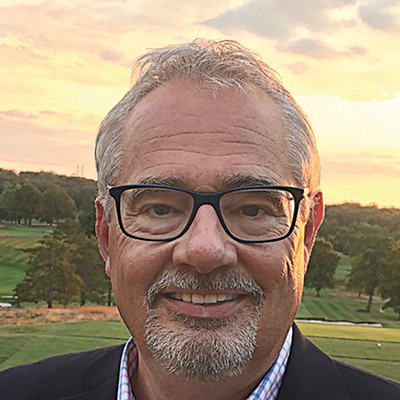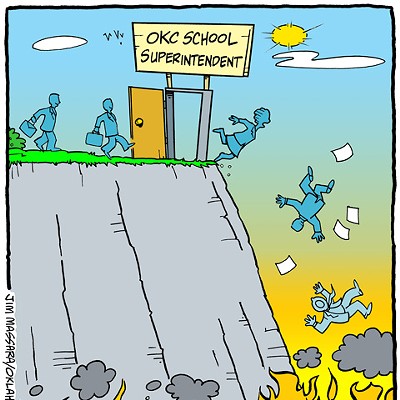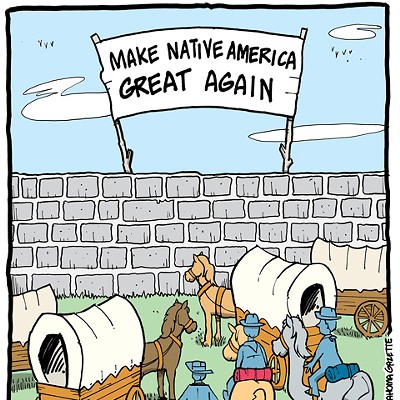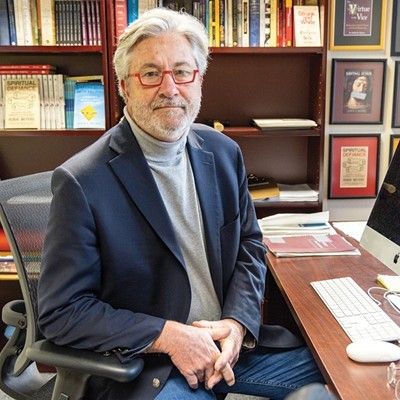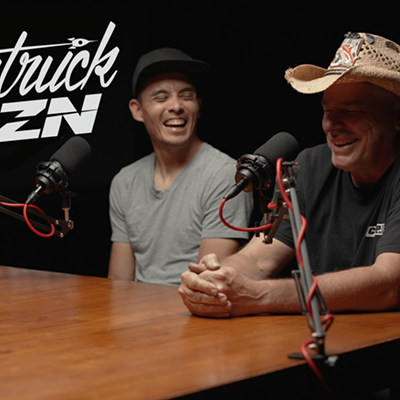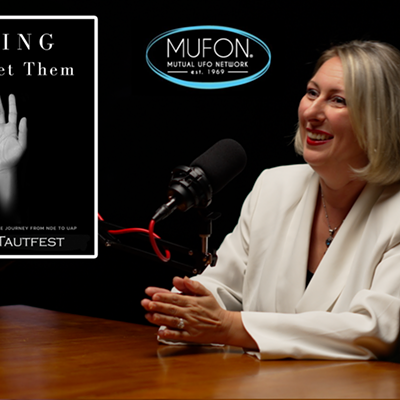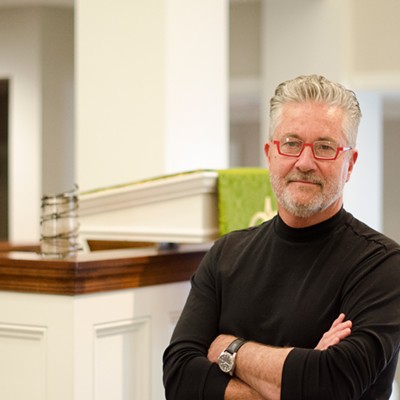Bricktown continues to thrive, especially with the arrival of the NBA's Oklahoma City Thunder, and new housing development in downtown around the Deep Deuce area foreshadows a bright future for the inner city.
But there's more to be accomplished.
The Northeast 23rd Street Corridor Plan, if fully implemented, would improve a historic section of the city, give area residents better access to shops and services and add to the overall aesthetics of Oklahoma City. It's a vital plan that deserves special attention from city leaders and citizens.
The plan is a starting place to improve N.E. 23rd Street from Broadway to Interstate 35. The street is one of the city's main thoroughfares. It provides access to the state Capitol, the Broadway Extension and Midtown housing additions and businesses. The street holds a great deal of important city history, but there's no doubt it needs improvement.
The written plan, which has been filed with the city, notes people in the Oklahoma City community have expressed concern about dilapidated structures and a loss of population in the area.
According to the plan, "A declining population and loss of housing units creates less investment, a low density and a less desirable retail market area. A lack of property maintenance, ownership and investment has led to deteriorated, boarded-up structures that are not in compliance with city code and the perception that N.E. 23rd Street is run-down and neglected."
But the plan's vision, if realized, would change that.
The vision for this corridor, the plan states, is to "plan for the future development as 'Destination Corridor' as it relates to the needs of residents and area visitors, creating a pedestrian-friendly environment with a diverse mixture of residential, commercial, recreational, service, office and cultural opportunities."
Some of the components of the plan include adding or restoring buildings along the corridor, improving the overall appearance of the street, adding markers that honor the area's cultural and historic importance, attracting tourists, pursuing a grocery store and improving the transportation infrastructure for vehicles and pedestrians. Other components include improving parking along the street and encouraging neighborhood programs. The plan also encourages community involvement.
Specifics of the plan include establishing a mini-transit hub at Martin Luther King Avenue and N.E. 23rd Street, along with a public plaza, and renaming streets to honor the area's cultural heritage.
The impact of improving this area could be remarkable. Imagine an Oklahoma City with a thriving Bricktown and downtown, connected to a restored historic area that blends into areas like the Paseo, the shops and restaurants along Western Avenue and other sections west of Broadway on 23rd Street. The area is also relatively close to the Oklahoma City Zoo, Science Museum Oklahoma and Remington Park.
Skip Kelly, the Ward 7 Oklahoma City Council member who has helped create the plan, said "the community has rallied" around the project and that he continues to work with city staff to revitalize the area. He said he would like to see a block-by-block landscape effort. There are some thriving businesses in the area, but there remain "a lot of gaps," he said.
Some aspects of the plan cost money. MAPS 3 could provide a foundation for the area's restoration, an important part of the metro that has been neglected for too long. It's time to do something.
Hochenauer is an English professor at the University of Central Oklahoma and the author of the Okie Funk blog.

